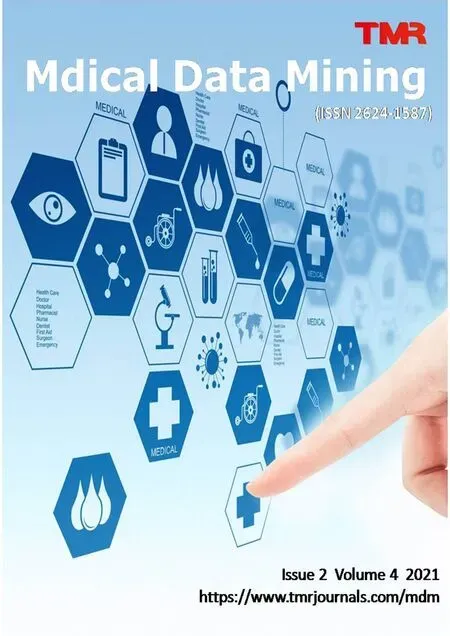Precision nosology of contrast-induced acute kidney injury may have higher accuracy in predicting adverse outcomes:inspiration from the modified classification of AKI
Wei-Dai Zhang ,Chu-Min Ni ,Zhi-Xiong Cai ,Hai-Sen Guo*
1Department of Cardiology,Shantou Central Hospital,Guangdong 515000,China;2Department of Cardiology,Shantou Hospital Affiliated to Sun Yat-sen University,Guangdong 515000,China.
Key words: Acute kidney injury,Contrast-induced acute kidney injury,Prognosis,Nosology
The definition of contrast-induced acute kidney injury(CI-AKI) in most articles is a fixed (rise by 0.5 mg/dL,CIAKI-absolute) or proportionate (rise by 25%,CIAKIrelative) increase in serum creatinine concentration (SCr)above baseline (measured at hospital admission) within 48–72 hours of contrast exposure [1,2].Hence,an absolute increase in SCr ≥ 0.5 mg/dl is equivalent to a relative increase in SCr ≥ 25% in their protocols.However,we believe a precision nosology of CI-AKI may have higher accuracy in predicting adverse outcomes.We recommend further study conduct a subgroup analysis based on our modified classification of CI-AKI.
According to the KDIGO AKI criteria,an absolute increase in SCr ≥ 0.3 mg/dl is equivalent to a relative increase in SCr ≥ 50% [3].However,a recent welldesigned study with high level of evidence separated AKI stage 1 into 2 stages (1a and 1b) [3].They defined stage 1a as an absolute increase (reference SCr rises by 0.3 mg/dl) and stage 1b as a relative increase (reference SCr rises by 50%) [3].Finally,they found that patients with AKI stages 1a and 1b experienced clinically meaningful and statistically significant differences for outcomes of length of stay and mortality.Their study indicated the different predicted values between absolute increase and relative increase in SCr.
CI-AKI can be considered as a specific type of AKI.Therefore,we recommend a sub-classification of CIAKI (CIAKI-absoluteand CIAKI-relative) to help distinguish 2 subpopulations with different severity of clinical outcomes.CIAKI-absoluterepresents patients whose reference SCr rises by 0.5 mg/dl,whereas CIAKI-relativerepresents patients whose reference SCr rises by 25%.Previous studies have investigated the impact of CIAKI definition on clinical outcomes.It seems CIAKIabsolutehad stronger predictive value of adverse events than CIAKI-relative[4,5].The study by Budano et al.found that CIAKI-absolutehad a stronger predictive value of composite adverse events when compared with CIAKI-relative[4].Another study indicated that CIAKIabsolutewas significantly correlated with 6-month major adverse cardiovascular events,whereas CIAKI-relative(SCr >25% but <0.5 mg/dl) failed to predict major adverse cardiovascular events [5].
In fact,the aim of this letter is to generate a novel hypothesis and stimulate research in precision nosology of CI-AKI.In further study investigating CI-AKI (for example,epidemiological research,intervention effects assessment,and prognosis research),subgroup analyses based on fixed or proportionate rise are recommended.Moreover,well-designed studies with long-term followup to explore the value of this sub-classification in predicting long-term outcomes are needed.
- Medical Data Mining的其它文章
- Exploring the mechanism of Qinghaobiejiatang in treating renal interstitial fibrosis based on network pharmacology
- Based on data mining,the study on the medication rule of Chinese patent medicine for constipation
- Mining the rules of acupoint selection and manipulation scheme of massage in reducing or substituting drug treatment of simple obesity based on association rules and entropy cluster analysis
- Prediction of the mechanism of berberine in the prevention and treatment of colorectal adenoma cancerizat based on network pharmacology and molecular docking technology
- Herbal medicine prescribing patterns from contemporary famous old TCM doctors for treating coronary heart disease:an analysis based on data mining

